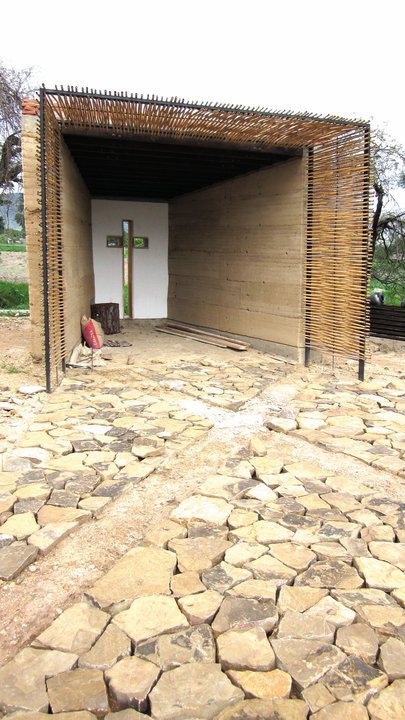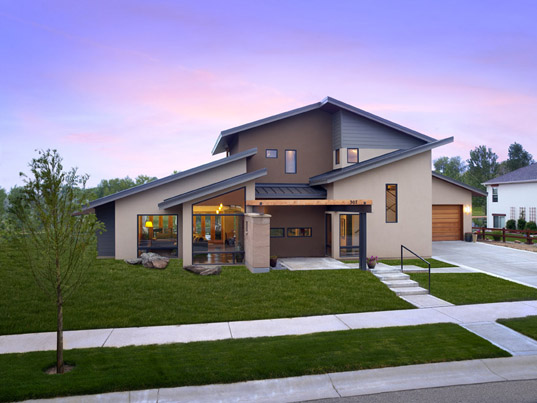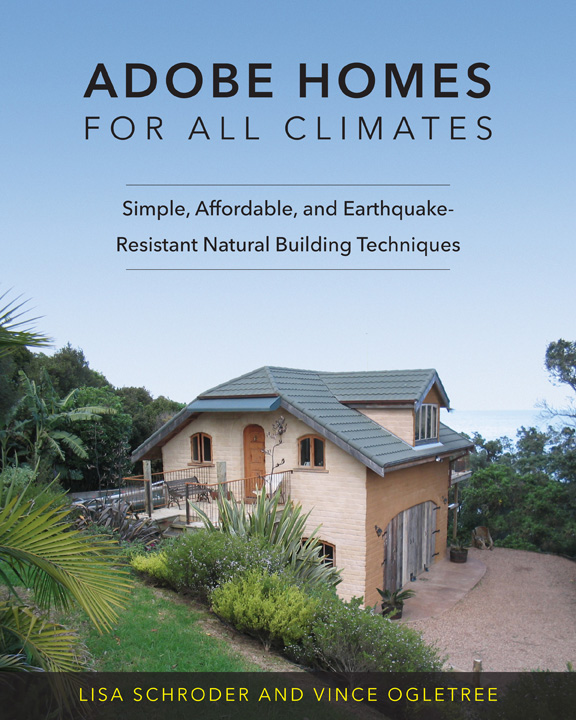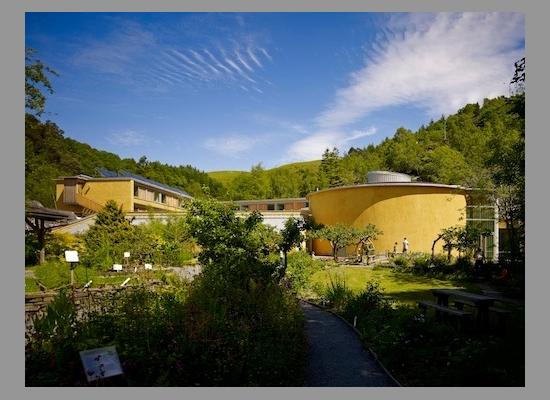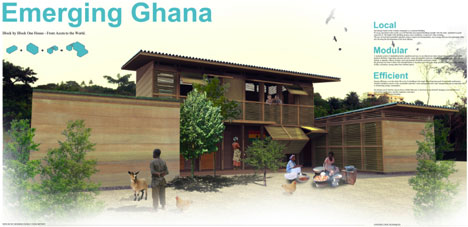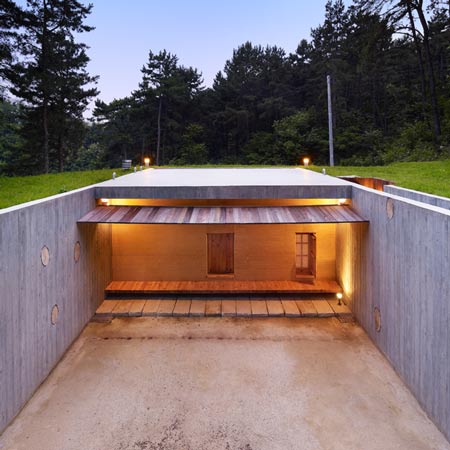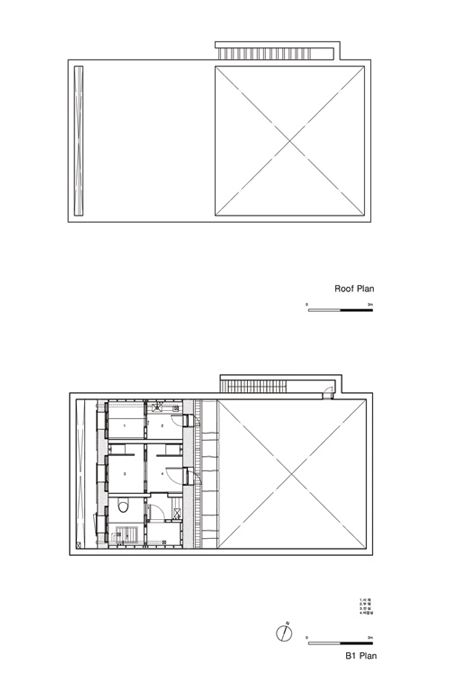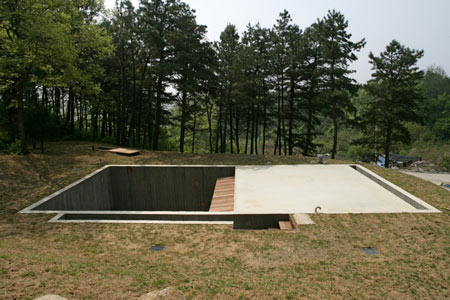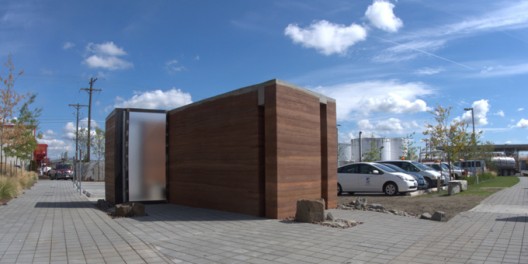
Image: © Robert Horner
As the first rammed-earth construct in the City of Tacoma, The Tidal Resonance Chamber provides a contemplative and relaxation space for users of the Center for Urban Waters (a LEED Platinum Marine research and analysis facility) . Aimed at serving as an instrument for perceptual synchronize with the natural rhythms of Commencement Bay, the chamber’s thick insulated earthen walls buffer out the heavy industrial sounds of the surrounding Port of Tacoma, and through a series of feed back pump operations the chamber’s water level mirrors that of the Thea Foss Waterway manifesting as a ratio-reduction.

Image: © Robert Horner
Designed by Robert Horner, the Tidal Resonance Chamber’s main interior space has a trapezoidal footprint roughly 12’ x 18’. The fortified rammed-earth walls measure 8’6” in height, and rest atop a concrete foundation that measures 4’ in height. The chamber has a maximum filling capacity of 2500 gallons, which will fill at the highest of high tides. The interior of the chamber is filled with reclaimed granite curb fragments, river stones and will eventually populate with micro-organisms, barnacles and other aquatic lifeforms.



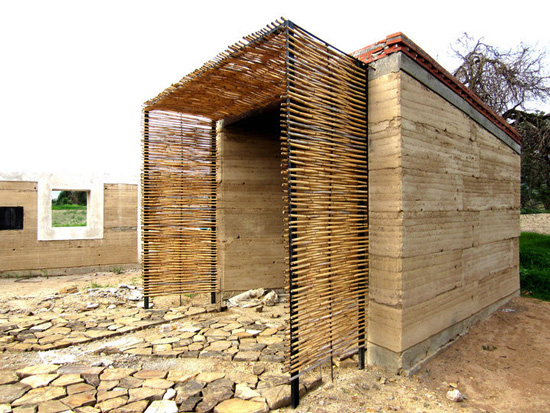
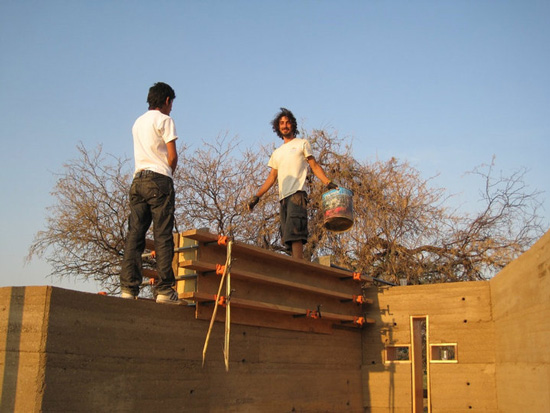
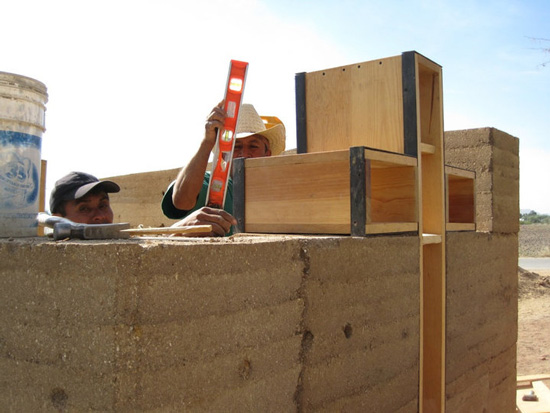 These courses, mostly hands-on, are addressed to people seeking to build their own houses, within a philosophy of low cost, high quality and contemporary design.
These courses, mostly hands-on, are addressed to people seeking to build their own houses, within a philosophy of low cost, high quality and contemporary design. 